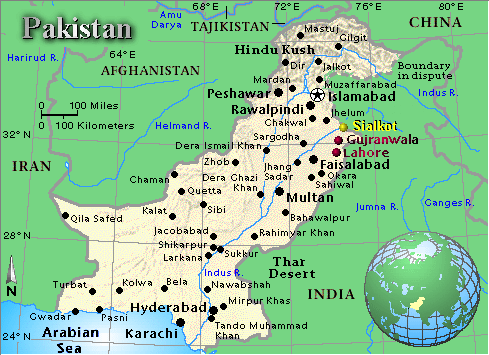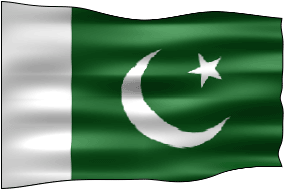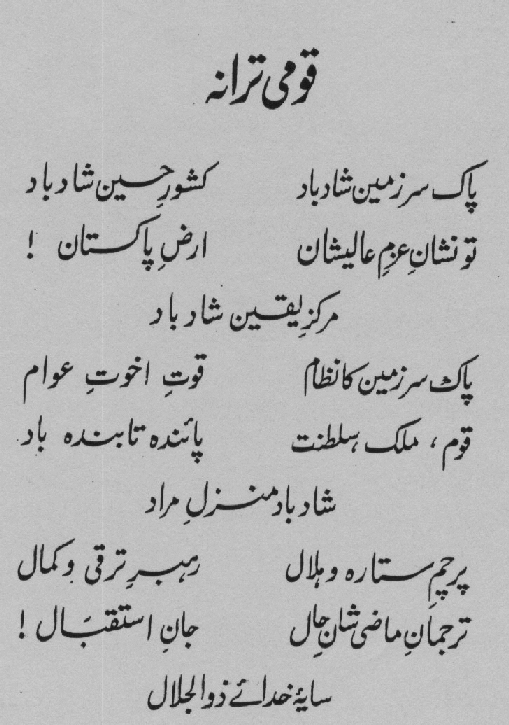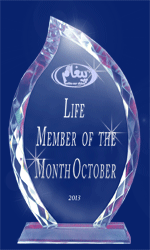Pakistan
Official Name :Islamic Republic of Pakistanconventional short form:Pakistan
In reality, and verified by numerous sources, Pakistan is a composition of two words "PAK" and "ISTAN". PAK is a word of Persian and Urdu and it means "Holy/Pure/Clean" and "ISTAN" stands for "HOMELAND". Then the true meanings come to "Homeland of Holy People".
Father of the Nation : Quaid-e-Azam Muhammad Ali Jinnah
Independence Day : 14 August (1947)
Republic Day : 23 March (1940)
Head of State : Gerneral Pervez Musharaf
Prime Minister
Head of Government :Mir . Shoukat Aziz
Capital : Islamabad
Area : Total: 803,940 sq km
Land: 778,720 sq km
Water: 25,220 sq km
Land boundaries :Total: 6,774 km
Border Countries: Afghanistan 2,430 km, China 523 km, India 2,912 km, Iran 909 km
Population :135,135,195 (July 1998 est.)
National Language : Urdu
Official Lanaguage : English
National Flower : Jasmine
National Game : Hockey
National Bird : Chakor Partridge
National Currency : Pak Rupee; Rs. 1 = 100 Passa






Comment